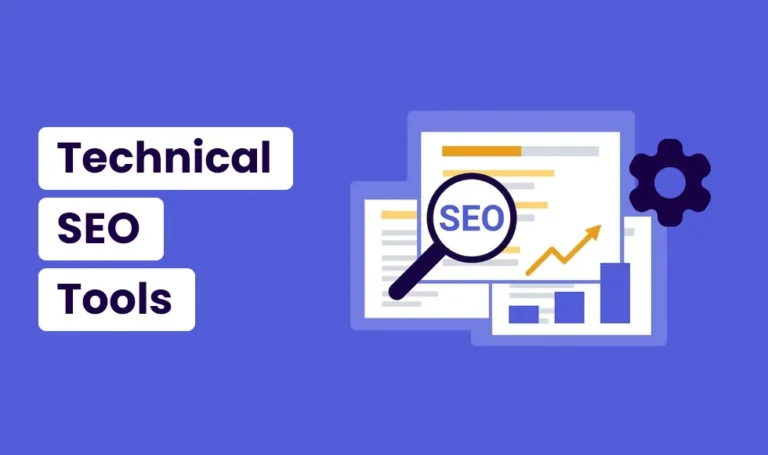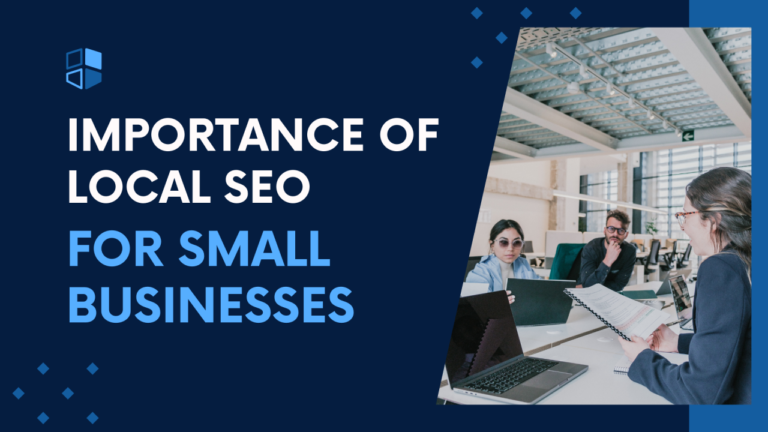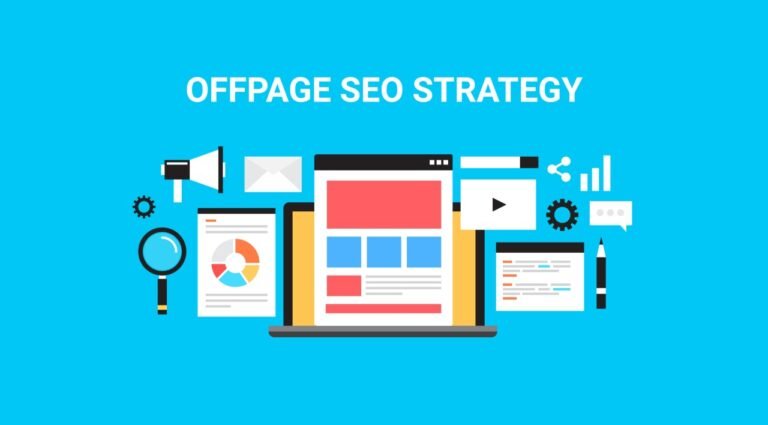Integrating the Role of On-Page SEO in Overall SEO Strategy
In today’s digital landscape, the importance of a robust SEO strategy cannot be overstated. As a Sacramento-based marketing agency that specializes in helping small businesses thrive, we at Social Peak Media know firsthand the power of a well-crafted SEO approach. But while many businesses focus on off-page tactics like backlinks and social media, it’s easy to overlook a crucial element: on-page SEO.
Today, we’re diving deep into the role of on-page SEO in overall SEO strategy, showing how it complements off-page and technical SEO, balances with content marketing, and is absolutely essential for local SEO success.
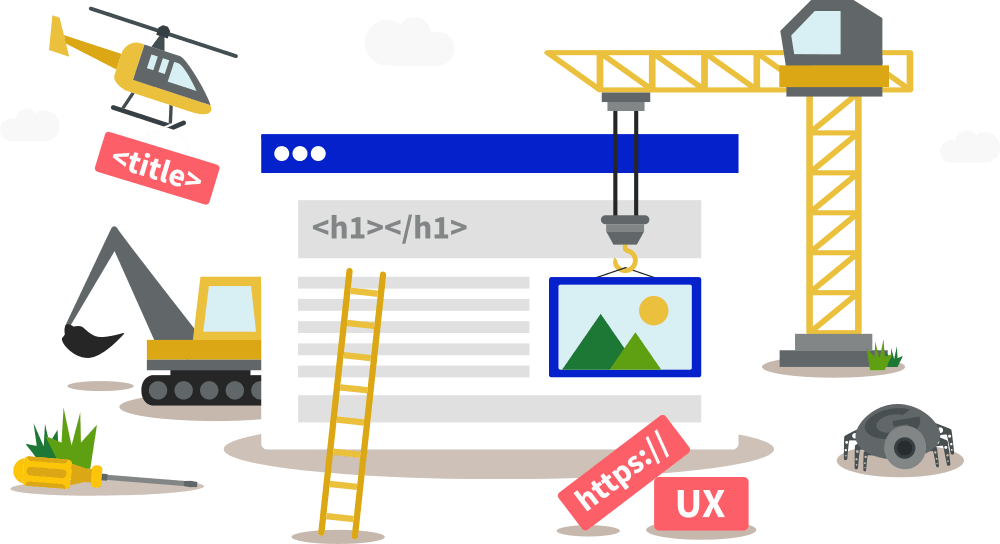
How On-Page SEO Supports Off-Page and Technical SEO
On-page SEO is often seen as the foundation of any successful SEO strategy. While off-page SEO (like link-building) and technical SEO (like site speed and mobile optimization) are critical, they rely heavily on the groundwork laid by on-page SEO.
On-page SEO involves optimizing individual pages on your website to rank higher in search engines and earn more relevant traffic. This includes elements like title tags, meta descriptions, header tags, and keyword usage. By ensuring these elements are properly optimized, you’re setting the stage for other SEO efforts to be more effective.
For instance, when your on-page SEO is on point, it amplifies the impact of your off-page efforts. High-quality backlinks, for example, will drive more traffic if the landing pages are optimized for the right keywords and user intent. Similarly, technical SEO improvements like enhancing page speed or mobile usability are more meaningful when your content is already aligned with what users are searching for. Think of on-page SEO as the solid foundation on which the rest of your SEO house is built.
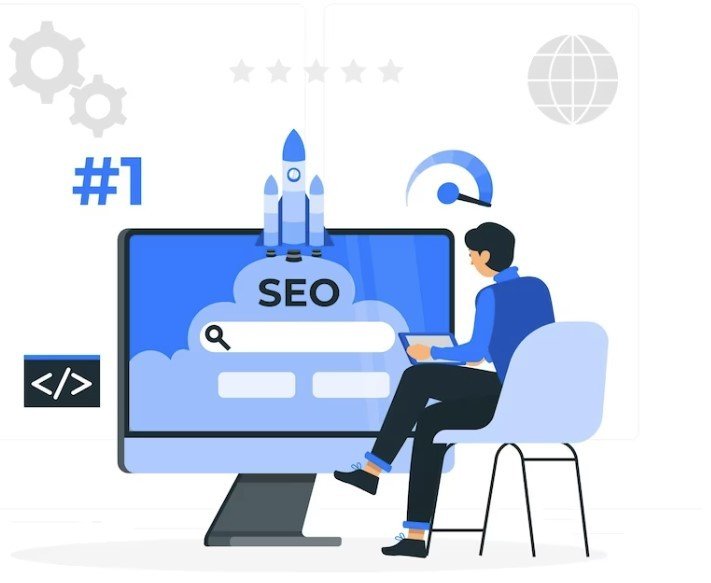
Balancing On-Page SEO with Content Marketing
Content marketing and on-page SEO are two sides of the same coin. While content marketing focuses on creating valuable, relevant content to attract and engage your audience, on-page SEO ensures that this content is discoverable by search engines and optimized for user intent.
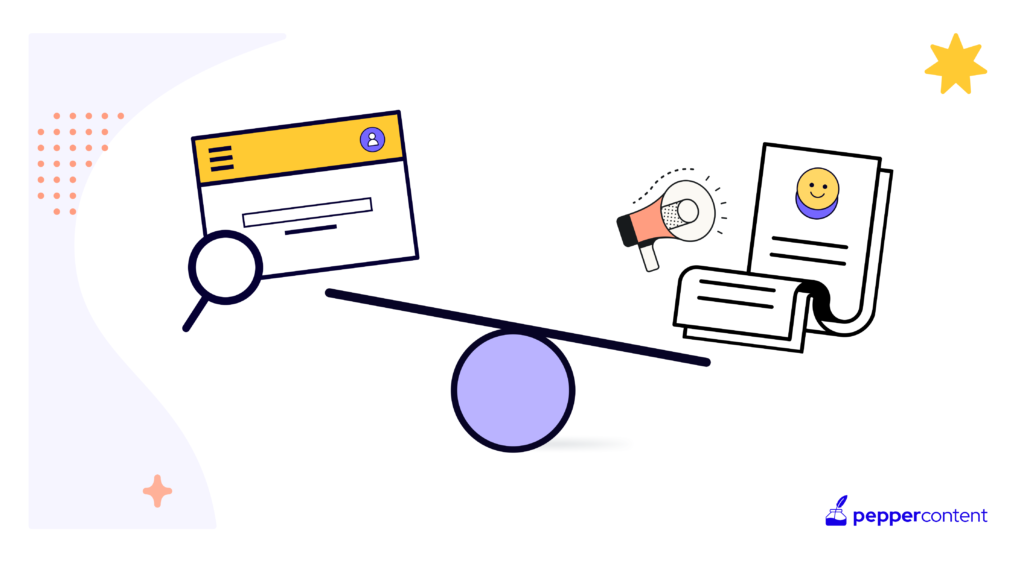
A well-rounded content marketing strategy is always underpinned by strong on-page SEO practices. This means that every piece of content you produce should be optimized with the right keywords, structured with proper heading tags (H1, H2, H3), and supported by internal linking strategies. But it doesn’t stop there.
Balancing on-page SEO with content marketing also means ensuring that your content is not just keyword-stuffed, but also genuinely valuable to your audience. Google’s algorithms are increasingly focused on user experience, which means that high-quality, well-structured content that meets user needs will naturally rank better. By integrating your on-page SEO efforts with a content strategy that prioritizes user experience, you create content that not only ranks well but also engages and converts.

The Importance of On-Page SEO in Local SEO Strategies
For small businesses, particularly those operating in local markets like Sacramento, on-page SEO is absolutely essential. Local SEO focuses on optimizing your online presence to attract more business from relevant local searches. And while local SEO does include elements of off-page SEO (like Google My Business optimization and local citations), on-page SEO plays a critical role.
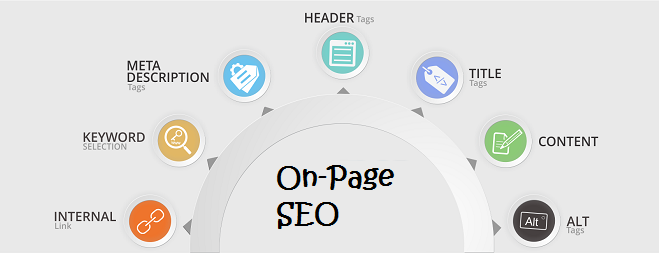
Your website’s content needs to be optimized for local keywords that reflect the search terms your potential customers are using. This means including the name of your city, neighborhood, and even nearby landmarks in your page titles, meta descriptions, and throughout your content. Moreover, creating locally focused content, such as blog posts about community events or guides to local attractions, can further boost your local search rankings.
On-page SEO also involves optimizing your website’s NAP (Name, Address, Phone Number) information. Ensuring this information is consistent across your website and local directories is key to improving your local search visibility.
How On-Page SEO Drives Organic Traffic Growth
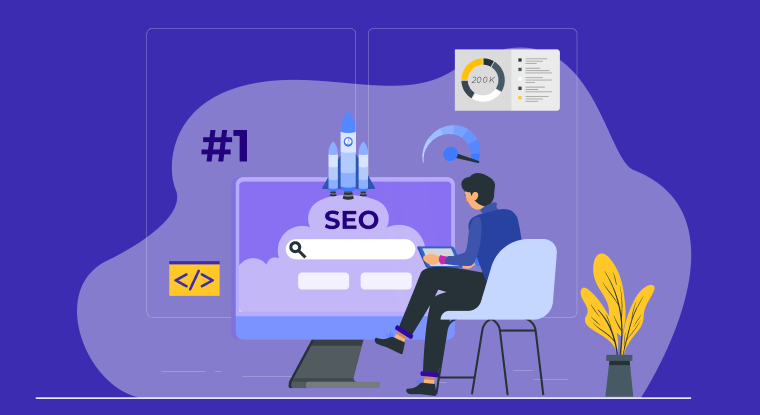
On-page SEO is a powerful tool for driving organic traffic growth. By optimizing your content with relevant keywords, you increase the chances of your pages ranking higher in search engine results pages (SERPs), which naturally leads to more clicks and traffic.
But it’s not just about getting more visitors to your site. On-page SEO also helps ensure that the traffic you’re attracting is highly relevant. By aligning your content with the search intent of your target audience, you attract users who are more likely to convert into customers.
One of the key aspects of on-page SEO is ensuring that your content is easily readable and navigable. This includes optimizing for mobile devices, using clear and descriptive header tags, and incorporating multimedia elements like images and videos. All of these factors contribute to a better user experience, which in turn leads to higher engagement rates and more conversions.
The Impact of On-Page SEO on Long-Tail Keyword Rankings
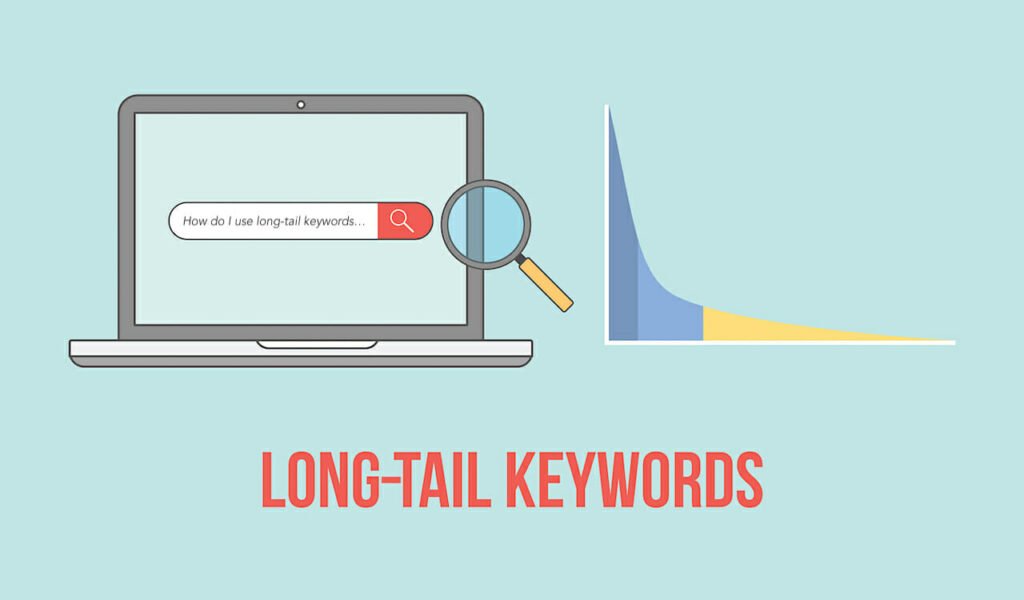
Long-tail keywords are often overlooked in favor of more popular, short-tail keywords. However, long-tail keywords are crucial for capturing niche audiences who are further along in the buying cycle. On-page SEO plays a significant role in ranking for these longer, more specific search terms.
By carefully incorporating long-tail keywords into your content, meta descriptions, and headers, you can attract highly targeted traffic. These users are often more ready to make a purchase or take the desired action, which makes them extremely valuable.
On-page SEO helps you rank for long-tail keywords by making sure that your content is highly relevant to these specific searches. For example, if you’re a local Sacramento bakery specializing in gluten-free products, optimizing your content for long-tail keywords like “best gluten-free bakery in Sacramento” can drive traffic from users specifically looking for what you offer. This is a more strategic approach than trying to rank for the broader term “bakery.”
The Role of User Experience in On-Page SEO
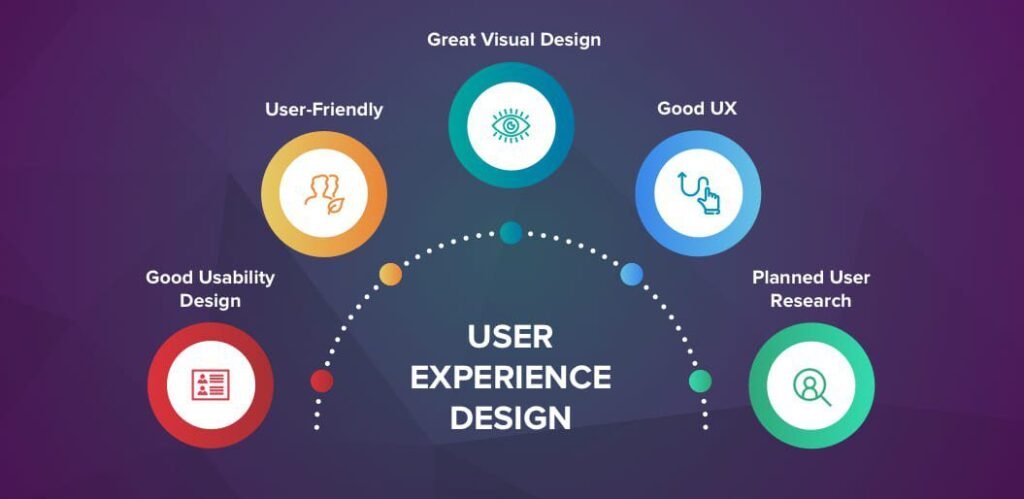
User experience (UX) is increasingly becoming a critical factor in on-page SEO. Google’s algorithms prioritize websites that offer a seamless, enjoyable experience to users. This means that elements like page load speed, mobile responsiveness, and easy navigation are not just technical SEO factors—they’re also integral to your on-page SEO strategy.
A positive user experience keeps visitors on your site longer, reduces bounce rates, and increases the likelihood of conversions. To optimize your on-page SEO for UX, consider implementing clear call-to-actions (CTAs), intuitive menus, and engaging multimedia content. All these factors work together to create a website that not only ranks well but also satisfies and retains users.
Optimizing Meta Tags for Maximum SEO Impact
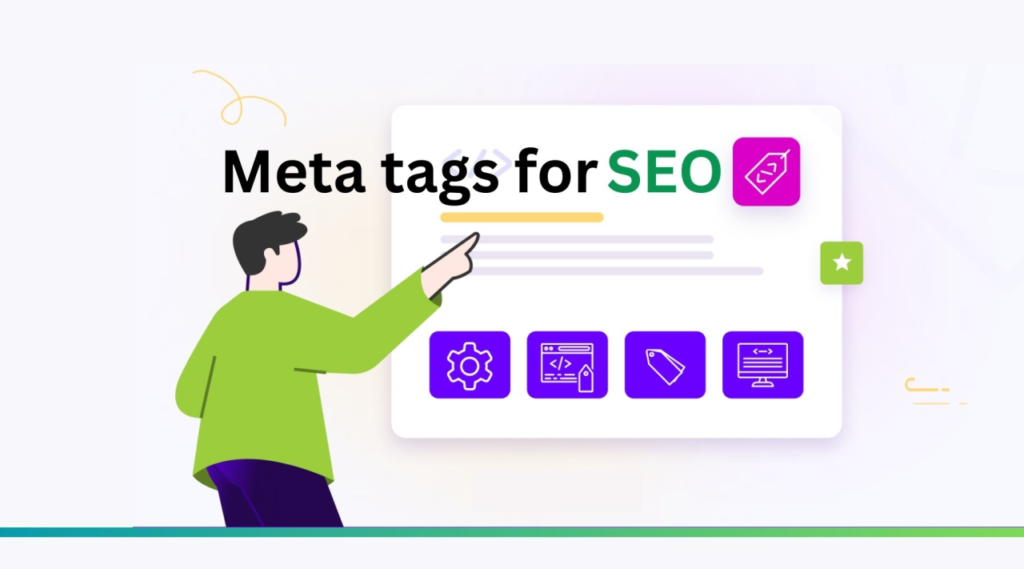
Meta tags, including title tags and meta descriptions, are small elements with big impacts in on-page SEO. These tags provide search engines with critical information about your content, influencing both your rankings and click-through rates.
To optimize your meta tags, ensure that each page on your site has a unique, keyword-rich title tag that accurately describes the content. Your meta descriptions should be compelling and informative, offering a clear summary of the page’s content while incorporating relevant keywords. Although meta descriptions don’t directly impact rankings, they do affect how many users click on your link in the SERPs, making them a key element of on-page SEO.
The Importance of Internal Linking in On-Page SEO
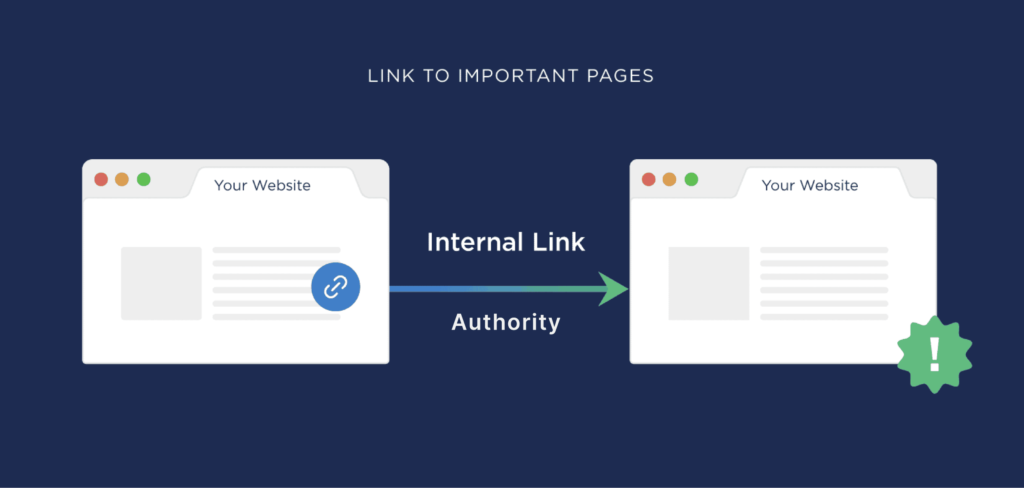
Internal linking is another essential component of on-page SEO. By linking to other pages within your site, you help search engines understand the structure and hierarchy of your content, which can boost your rankings.
But the benefits of internal linking extend beyond SEO. These links also enhance the user experience by guiding visitors to related content, keeping them on your site longer, and increasing the chances of conversion. When creating internal links, use descriptive anchor text that includes relevant keywords, which further supports your on-page SEO efforts.
Leveraging Structured Data for Enhanced On-Page SEO
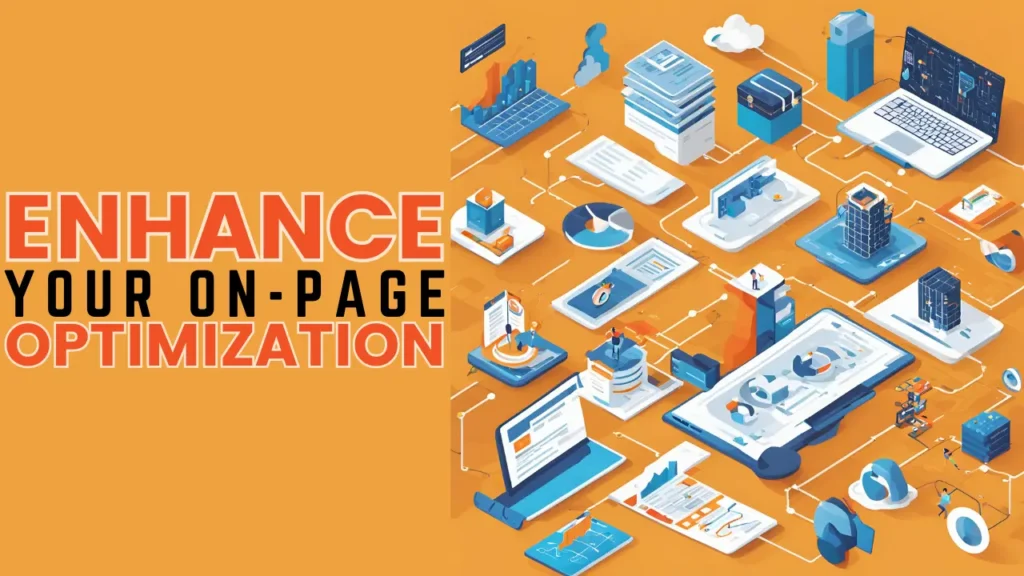
Structured data, or schema markup, is a powerful tool in on-page SEO that helps search engines better understand the content on your site. By adding schema markup to your pages, you can enhance your search listings with rich snippets, which can increase click-through rates.
For example, if you run a local business in Sacramento, adding structured data to your contact page can help your business appear in local search results with additional information like your address, phone number, and operating hours. This not only improves your visibility but also provides users with valuable information upfront, which can drive more traffic to your site.
Mobile Optimization: A Crucial Element of On-Page SEO

With the majority of searches now happening on mobile devices, mobile optimization is a non-negotiable aspect of on-page SEO. Ensuring that your website is fully responsive, with fast load times and an intuitive mobile interface, is essential for both user experience and SEO performance.
Google has implemented mobile-first indexing, which means it predominantly uses the mobile version of your site for ranking and indexing. If your site isn’t optimized for mobile, you risk losing out on a significant portion of your potential traffic. To optimize your site for mobile, focus on clean, responsive design, eliminate intrusive pop-ups, and ensure that buttons and links are easy to tap.
Crafting SEO-Friendly URLs for Better Rankings

URL structure is another often overlooked aspect of on-page SEO that can have a big impact on your rankings. SEO-friendly URLs are short, descriptive, and include relevant keywords. They help search engines understand the content of your pages and improve the user experience by making your URLs easy to read and share.
When creating URLs, avoid using unnecessary characters or numbers, and aim to keep them as concise as possible while still descriptive. For example, a URL like “socialpeakmedia.com/on-page-seo-tips” is much more effective than “socialpeakmedia.com/index.php?id=1234”. Clear, keyword-rich URLs not only improve your rankings but also make it easier for users to navigate your site.
The Power of Image Optimization in On-Page SEO
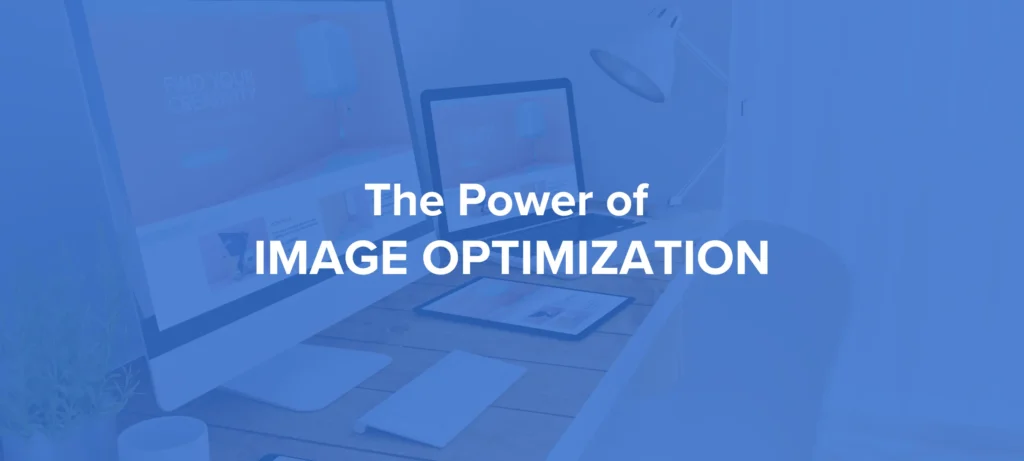
Images are a vital part of any website, but they can also slow down your page load times if not properly optimized. Image optimization is an important aspect of on-page SEO, as it ensures that your images contribute to, rather than detract from, your site’s performance.
To optimize your images, start by compressing them to reduce file size without sacrificing quality. Use descriptive file names that include relevant keywords, and always add alt text to your images. Alt text helps search engines understand the content of your images, which can improve your rankings in image search results and enhance your overall SEO performance.
On-Page SEO Best Practices for Small Businesses
As a small business, implementing on-page SEO best practices can give you a competitive edge. Unlike large corporations, small businesses often have more flexibility to make quick changes and optimizations to their websites. By focusing on the fundamentals—like keyword optimization, meta tags, internal linking, and mobile optimization—you can significantly improve your website’s performance in search engines.
But remember, on-page SEO isn’t a one-time task. It requires ongoing attention and adjustment as search algorithms evolve and your business grows. Regularly reviewing and updating your on-page SEO strategy will ensure that your website continues to perform well and attract the right audience.
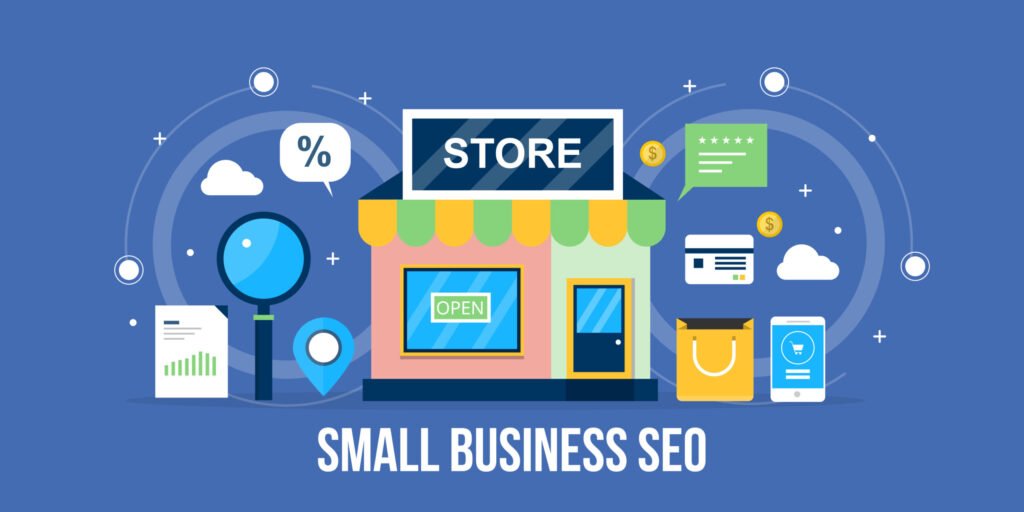
Conclusion
At Social Peak Media, we understand the unique challenges that small businesses in Sacramento face. That’s why we emphasize the importance of a comprehensive SEO strategy that includes a strong focus on on-page SEO. By integrating on-page SEO into your broader digital marketing efforts, you can drive more organic traffic, improve your local search visibility, and ultimately grow your business.
Our approach to SEO is holistic, combining on-page, off-page, and technical SEO to create a strategy that delivers results. If you’re ready to take your SEO to the next level, let’s chat about how we can help your business thrive.
Disclosure: Our blog contains affiliate links to products. We may receive a commission for purchases made through these links. However, this does not impact our reviews and comparisons. We try our best to keep things fair and balanced, in order to help you make the best choice for you.


